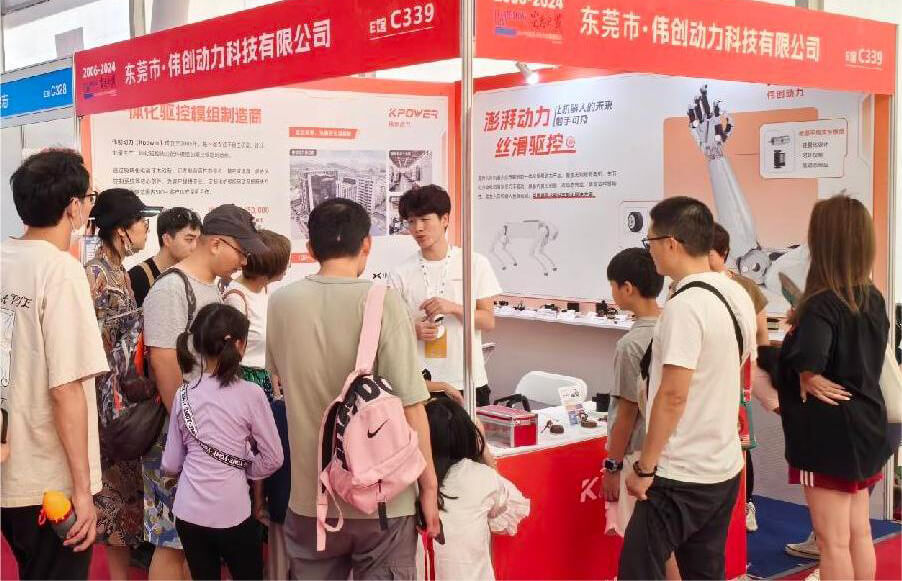Absolutely! Here's a compelling soft article on "Positional Rotation Servo Motor," divided into two parts as requested.

part 1:
Revolutionizing Precision: The Power and Promise of Positional Rotation Servo Motors
In the world of automation and robotics, where exact movements and reliable performance define success, the role of servo motors cannot be overstated. Among the various types, positional rotation servo motors have emerged as game-changers, bringing a new level of precision and control to numerous applications. Their ability to rotate to a specific position and hold that position with minimal error makes them indispensable in industries ranging from manufacturing to aerospace.
What Are Positional Rotation Servo Motors?
At its core, a positional rotation servo motor is a specialized motor designed to rotate to and hold a specific angular position, typically based on input signals. Unlike simple motors that run continuously, these servo motors are equipped with feedback mechanisms—such as encoders or potentiometers—that constantly monitor their position. This real-time feedback allows control systems to make continuous adjustments, ensuring the motor's shaft aligns precisely with the desired angle.
The core principle behind a positional servo motor involves a closed-loop control system. When an input command—say, a digital signal— specifies a target position, the motor's controller activates the motor, and the feedback device relays the current shaft position back to the system. If there's a discrepancy, the controller adjusts the motor's movement until the target position is achieved and maintained.
How Do Positional Rotation Servo Motors Work?
Understanding their operation can seem complex, but at a fundamental level, the process is remarkably straightforward. It involves four primary components:
Motor: Usually a DC or brushless motor responsible for physical movement. Feedback Device: An encoder or potentiometer that precisely measures the shaft's angular position. Controller: The brain that processes input signals and compares the current position with the desired one. Power Supply: Provides the necessary energy for motor operation.
Here's a simplified sequence:
The controller receives a command for a specific angle. It sends a control signal to the motor. The motor begins to turn. The feedback device continually monitors the actual position. If the position deviates from the target, the controller modulates the voltage, increasing or decreasing motor torque. This process repeats rapidly until the shaft reaches and stabilizes at the target position.
Advantages That Make Positional Rotation Servo Motors Stand Out
The appeal of these devices lies in their combination of agility, accuracy, and reliability:
High Precision: They can achieve angular resolutions as fine as a fraction of a degree, making them perfect for delicate tasks. Repeatability: Once calibrated, they can return to the same position repeatedly with minimal error—crucial in assembly lines and CNC machines. Speed and Responsiveness: Capable of rapid movements and quick corrections, they adapt swiftly to changing commands or environmental conditions. Feedback-Driven Control: Continuous monitoring ensures optimal performance, reducing overshoot and oscillations. Durability and Longevity: Properly built servo systems can operate reliably over many years, even under strenuous conditions.
Variations and Design Considerations
While the basic concept remains the same, different implementations and designs cater to diverse needs:
Size and Torque: Small servo motors are used for lightweight applications like camera gimbals, whereas large, high-torque versions support industrial robots. Type of Feedback Device: Encoders offer high-resolution feedback suitable for precise tasks, while potentiometers provide cost-effective solutions for simpler needs. Power and Voltage: Servo motors are available with varied power ratings to match specific operational demands. Control Protocols: Modern servo systems often support multiple interfaces like PWM, analog signals, or digital communication protocols such as CAN bus.
Industry Applications and Use Cases
Positional rotation servo motors have carved a niche across multiple fields:
Robotics: From humanoid robots to robotic arms on assembly lines, servo motors enable fluid, precise movement. CNC Machinery: Ensuring accuracy in cutting, drilling, and milling by controlling the axes with pinpoint precision. Aerospace: Flight control surfaces and satellite positioning depend on highly accurate servo mechanisms. Camera Equipment: Smooth and precise camera pan-tilt systems rely on these servos for stabilization and tracking. Medical Devices: Robotic surgical tools and diagnostic equipment depend on exact positioning to function correctly. Automotive Industry: Advanced driver-assistance systems (ADAS) and autonomous vehicle components utilize servo motors for steering and sensor positioning.
Limitations and Challenges
Despite their impressive capabilities, positional rotation servo motors do face some challenges:
Complex Control Electronics: The need for sophisticated control algorithms and feedback devices can raise costs. Size Constraints: High-torque versions tend to be larger and heavier, which might limit application in compact devices. Maintenance: Over time, feedback devices may wear out or lose calibration, requiring periodic servicing. Power Consumption: In certain configurations, servo motors can be energy-intensive, especially during continuous position hold.
The Evolution and Future of Positional Rotation Servo Motors
The ongoing innovation in materials, electronics, and control algorithms promises a bright future for these devices. Developments like:
Sensorless Control: Reducing dependence on physical feedback sensors for streamlined designs. Wireless Control and Integration: Enabling remote operation and smarter automation systems. Enhanced Materials: Using lightweight composites and high-temperature materials to improve performance and durability. AI-Driven Control Algorithms: Incorporating artificial intelligence for predictive adjustments and fault detection.
As industries demand even higher precision and smarter systems, positional rotation servo motors stand at the forefront, ready to meet those challenges.
Part 2 to follow shortly…
Established in 2005, Kpower has been dedicated to a professional compact motion unit manufacturer, headquartered in Dongguan, Guangdong Province, China.




































